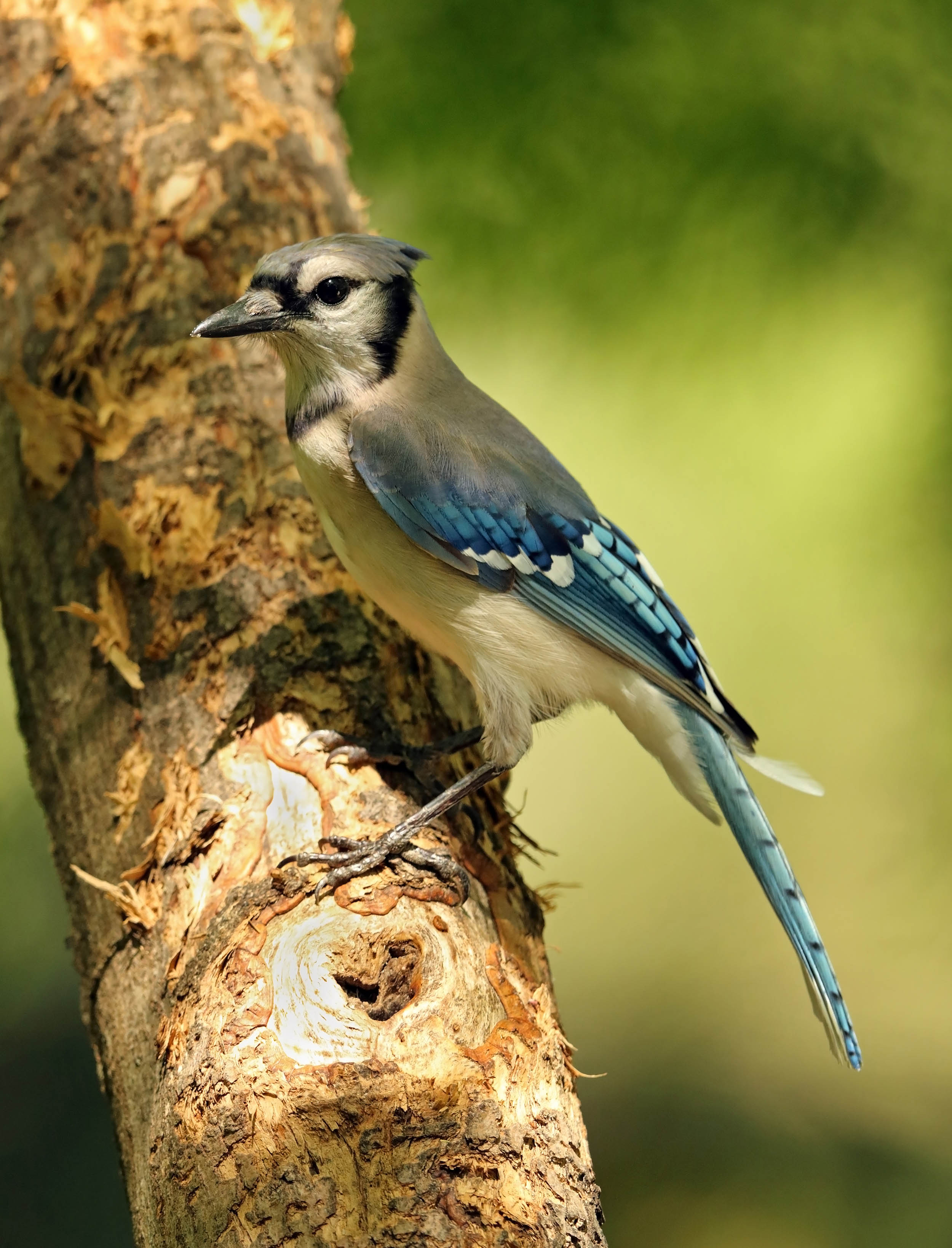A prolonged hot dry spell made our birdbath and the lilac bush above it especially popular. Regular visitors include Robins (an extended family of them), House Finches, Common Grackles, Catbirds, Flickers, Downy Woodpeckers, Cardinals, Blue Jays, and the occasional Eastern Kingbird .
Robin
Northern Flicker
Young Cardinal































